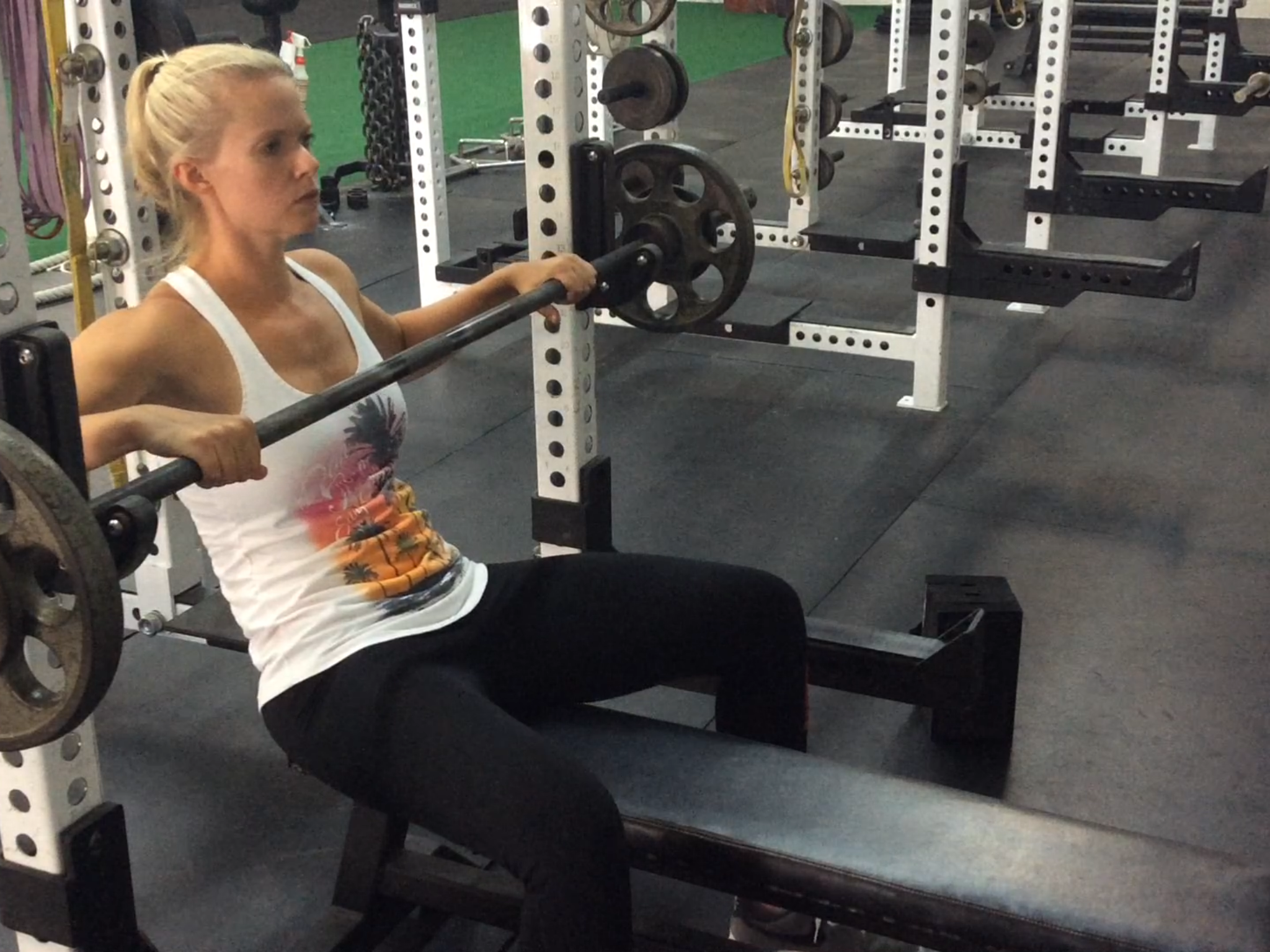
Fitness may be something that stays consistent, but the trends surrounding it tend to change with the times. Gone are the popular days of the hula hoop, vibration belts, and Jane Fonda home workouts. There are new fitness trends that emerge in their places and ones that we should embrace in order to get the most out of striving to reach and maintain our fitness goals. Knowing which ones to leave behind and which ones to embrace can make a big difference in helping people be active in 2018.
Millions of people make fitness goals when the New Year rolls in, but within a month the vast majority tend to abandon them. In fact, the Centers for Disease Control and Prevention (CDC) reports that only around 21% of adults get the recommended amount of physical activity, which is around 150 minutes per week. This is concerning to health professionals, because the benefits of being physically active are well documented. According to the CDC, they include tending to live longer, as well as having lower risks for heart disease, stroke, type 2 diabetes, depression, and some cancers.
Coach Sarah Walls is a personal trainer and owner of SAPT Strength & Performance Training, Inc., as well as the strength and conditioning coach for the WNBA’s Washington Mystics. Walls has seen the fitness trends come and go over the years as she works with people to help them meet their goals. Being in such a position, she knows what works, what doesn’t, and what people can do to be more effective at reaching and maintaining their fitness goals.

Here are eight fitness trends she recommends be left behind and embraced for 2018:
- Stop calling an exercise session “working out.” Change your mind frame to training. Going for a “workout” is a single session, and standing alone, it accomplishes nothing. Phrasing a single session as part of your training implies this is one bit of a much larger goal/plan.
- Stop being afraid of getting strong. Strength is never a weakness, and in the broader scheme of things will allow you to age gracefully and reduce injuries over your lifetime. In the short term, strength training will keep you healthy, fit, and looking (often decades) younger than you actually are.
- Stop focusing on setting only superficial goals. Try to link goal setting to deep, meaningful achievements. Getting in shape for a wedding is fine, but should not be the endpoint, rather it’s just the first milestone on a lifetime of health and wellness.
- Stop following fitness trends. Instead, keep an eye on trends, and add in new activities to spice up your regular routine that should be composed of tried and true activities, such as strength training with free weights, aerobic activity, etc.
- Embrace a goal of competing in something. Committing to a competition of some kind is a great way to supercharge your motivation and consistency. Find something that interests you, such as a 5K, marathon, rock climbing, tennis tournament, etc.
- Embrace consistency. One of the biggest hurdles to obtaining fitness is being consistent with your efforts. It’s important to hold yourself accountable so that you continue your efforts for the whole year, not just the first couple of weeks of the year.
- Embrace the idea of taking care of yourself. Many people say they don’t exercise because they don’t have the time. Putting your health and fitness first is crucial. When you are at your best, you will be better at everything else you do in life. Prioritize your tasks and don’t waver from taking care of you first.
- Embrace the idea of finding something you enjoy doing. There are millions of people who say they find exercise to be boring. In all likelihood it’s because they haven’t found what they enjoy. Try different types of physical activity until you find things that you actually enjoy, so you will stick with it.
About the author:
Sarah Walls has over 15 years experience in coaching and personal training. Owner of SAPT Strength & Performance Training, Inc, founded in 2007, she offers coaching to develop athletes, adult programs, team training, and has an online coaching program. She is also the strength and conditioning coach for the WNBA’s Washington Mystics, and has over eight years of experience working as an NCAA D1 strength and conditioning coach and personal trainer. To learn more, visit the site: www.saptstrength.com.
